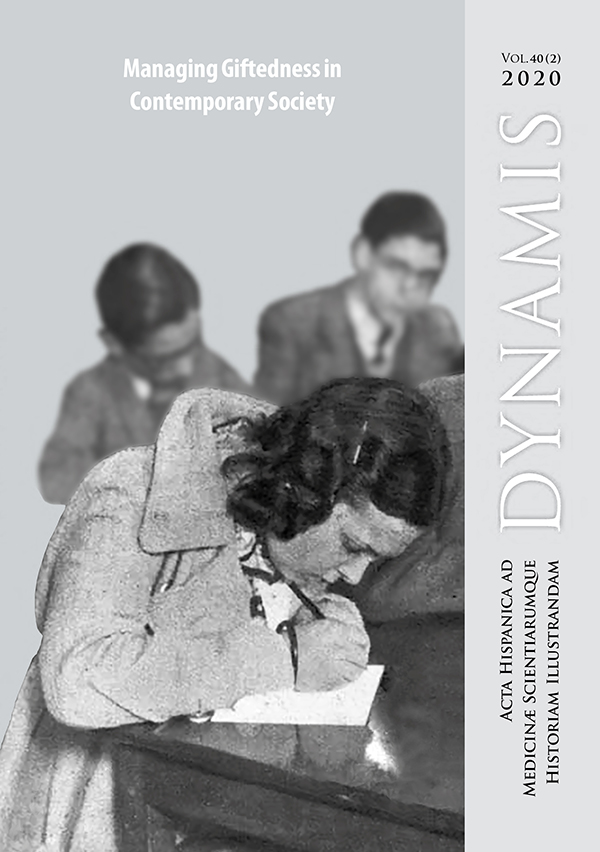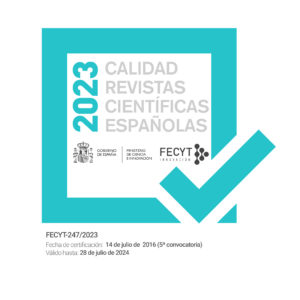Female bodies and obstetric interventions. The medical-scientific discourse in Uruguay in the Mid-20th Century
DOI:
https://doi.org/10.30827/dynamis.v40i2.17973Keywords:
childbirth, obstetric science, medical intervention, body, genderAbstract
This article aims at contributing to the understanding of the creation of unjustified medical interventionism in childbirth care. For this purpose, a set of press reports about the research carried out by the Obstetric Physiology Department of the Medicine School in Uruguay in the mid-20th century is ana- lyzed. This Department played an important role in the international history of obstetric science by creating techniques and electronic devices that are part of the current care model. In the analyzed reports, the female body is represented as something dangerous for the fetus and capable ofcausing brain damage during labor and childbirth. In this way, the relationship between the pregnant woman and the fetus is rendered unethical, which leads to the emergence of obstetric science as responsible for preventing the harm that may be caused to the fetus. In times when society privileged the maternal role as the central axis for women, a new requirement was set down for good mothers: to entrust and hand over their bodies to biometric instruments in order to prevent the risk of uterine contractions harming the fetus.
Downloads
Downloads
Published
How to Cite
Issue
Section
License
Dynamis se encuentra adherida a una licencia Creative Commons Reconocimiento (by), la cual permite cualquier explotación de la obra, incluyendo una finalidad comercial, así como la creación de obras derivadas, la distribución de las cuales también está permitida sin ninguna restricción.

















